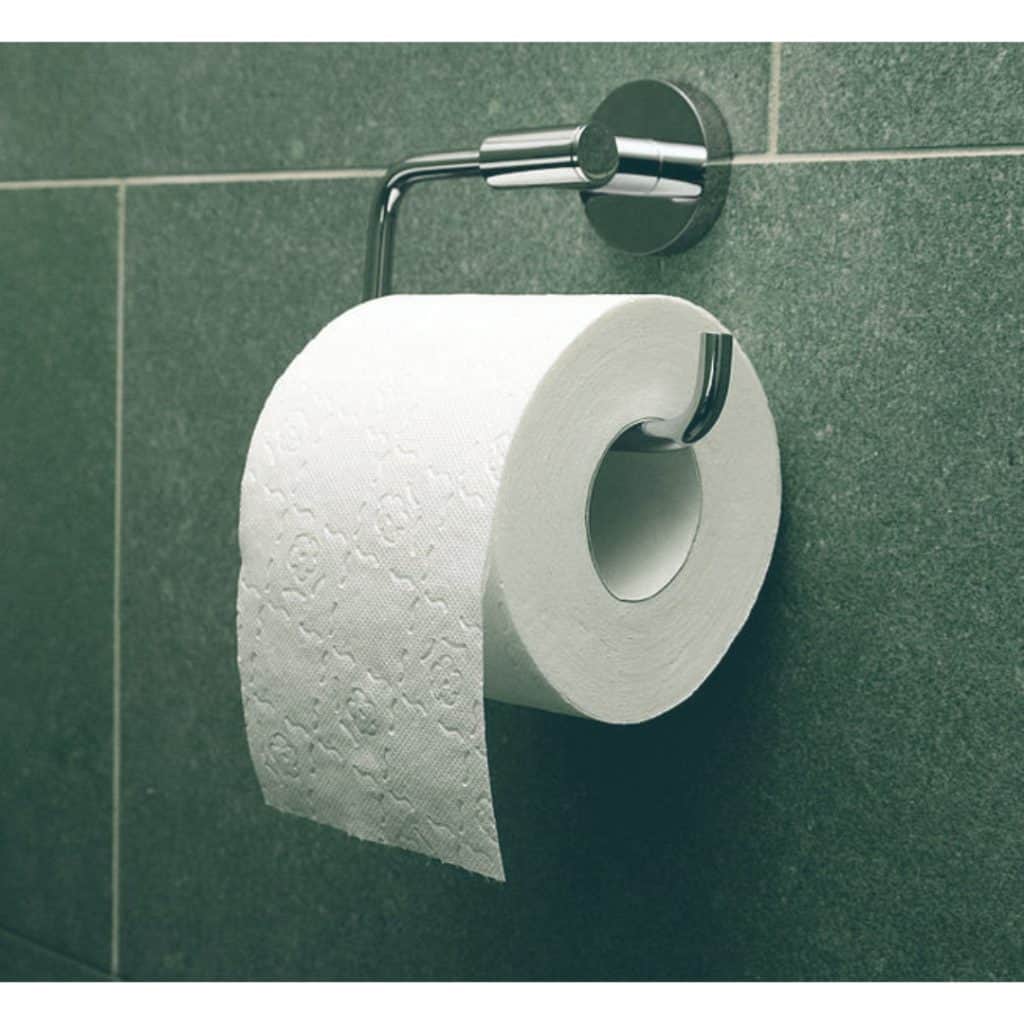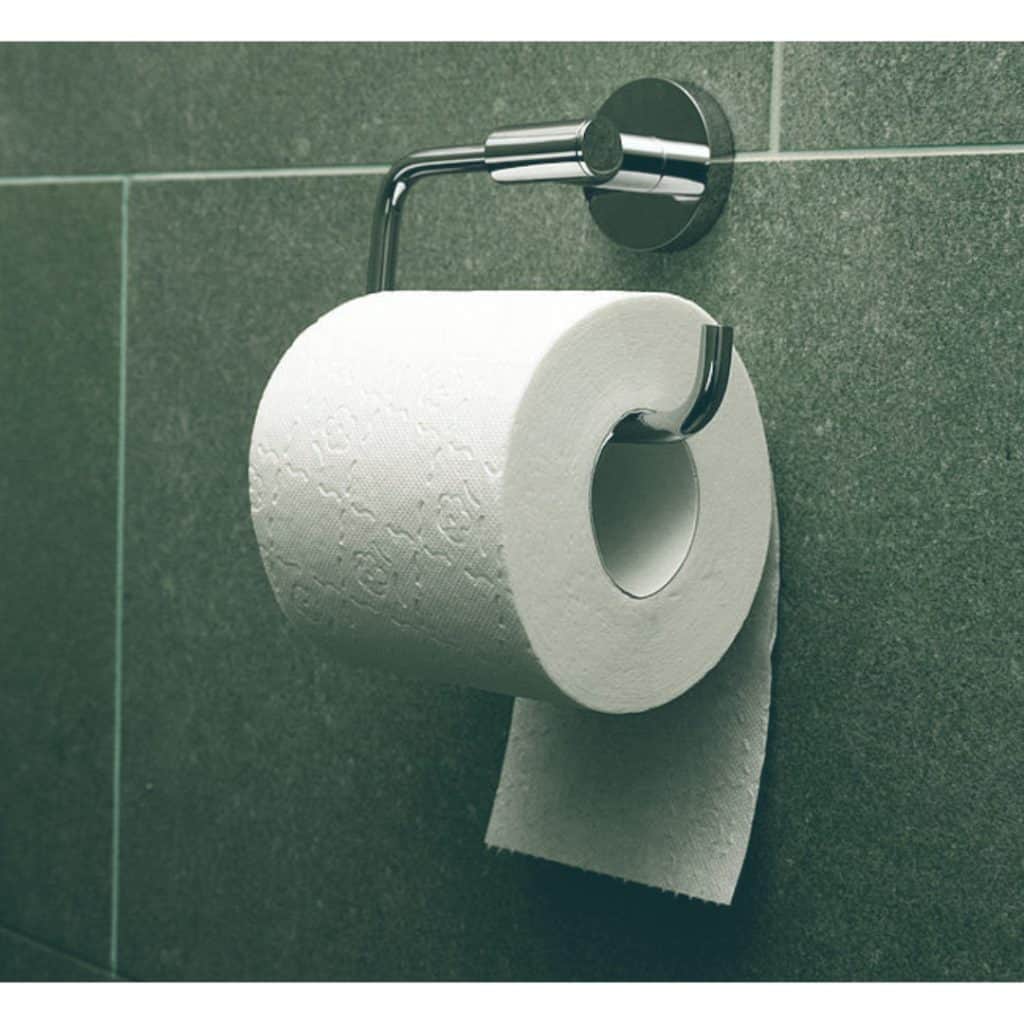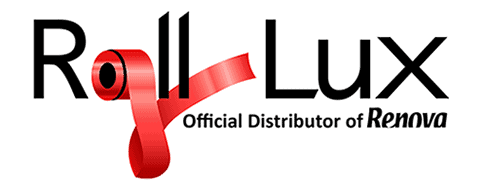What’s Toilet Paper Orientations ?

Two toilet paper orientations are possible when using a toilet paper dispenser of horizontal axis parallel to the partition (or an axis perpendicular to the bulkhead placed laterally in front of the user) : toilet paper can hang over or under the roll. The choice is mostly about personal preference and is dictated by habit. In surveys, between 60% and 70% of American consumers or bathroom and kitchen specialists say they prefer the orientation “hang-over”.
What surprises some observers, especially columnist Ann Landers, is how strongly people hold opinions on such a trivial subject. Defenders of either position cite advantages ranging from aesthetics, hospitality, cleanliness, paper economy to the ease with which sheets can be detached. On both sides, we find celebrities and experts. There are many theories about what a person’s preference might reveal: age, gender, socio-economic status or political orientation; an overview of some personality traits such as reliability or flexibility; finally, there could be a correlation between this choice and owning a motorhome or a chat.

Solutions range from compromise to the use of separate unwinders or even fully separated bathrooms. A well-known enthusiast (Bill Jarrett) advocates a plan where his country adopts a standard imposing a single orientation[ref. necessary]; in addition, an inventor named Curtis Batts hopes to solve the problem by popularizing a new type of toilet paper dispenser, able to rotate from one orientation to another, patented system that he presented at INPEX in 1999.
Towards the end of the twentieth century, the controversy became an Internet meme , picked up at the envy on the web.
According to the distributor
Some dispensers are designed to favour a single orientation, for example those whose cover helps to cut paper work better with the orientation hangover.
Other models of dispensers have a vertical roll. The paper does not come out either above or below, but laterally. The question then arises in another form: should the roll be placed to roll the paper in a clockwise or anti-clockwise direction?
According to the behaviour
However, the preference for toilet paper orientation varies among individuals. Studies remain to be carried out on the behaviour of individuals faced with this dilemma. For example, the presence of children or facetious pets in a home, such as a cat, may influence the orientation of the roll.
Some establishments, especially hoteliers, push the attention to detail until they elegantly fold the new roller in order to facilitate its commissioning. In this case, an “over” sequence is required.
Related problems
In addition to orientation, manufacturers and study authors studied other personal practices related to toilet paper: how much is used, whether it is pulled with one or two hands, whether it is torn from right to left or from left to right and whether it is wrinkled or bent before being used. In France, each inhabitant consumes an average of 13 kg per year, at the rate of 8.6 sheets per session (or 20,000 per year).
Other everyday items distribute sheets from a roll: paper towels, fax machines, cash registers, stretch film, plastic bags, garbage bags, aluminium foil or parchment paper. As a columnist who believes in the importance of toilet paper orientation points out, .
“All must go in the right direction or it doesn’t work, or you cut yourself, or both»


